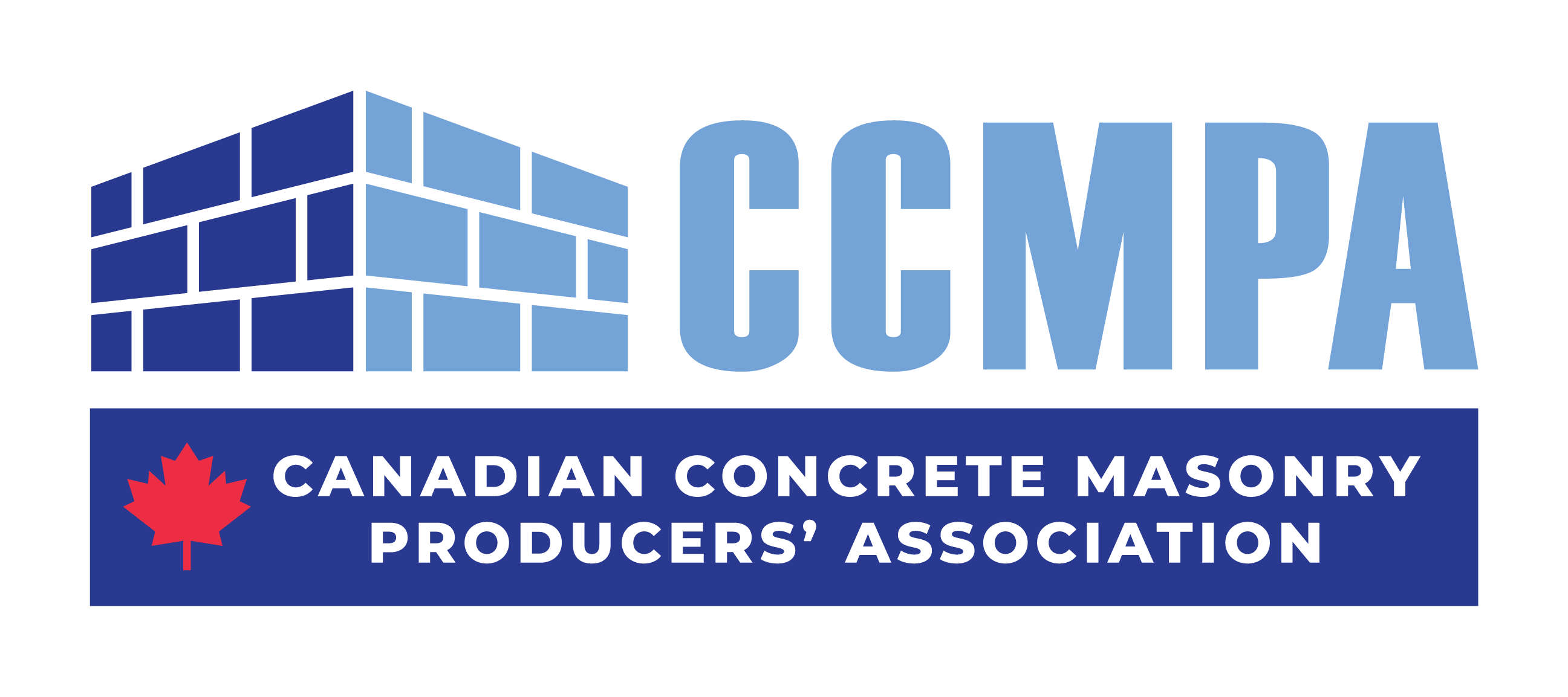Does EIFS quality assurance rely on conditions that don’t exist?
Everyone in the construction industry — as well as many people outside it — are aware of the issues of rot and mould that have come to light in homes in western Canada. Stories of leaky condos in British Columbia and, more recently, rotting, mouldy homes in Alberta have made news headlines and have elicited emotional feedback from home owners and contractors familiar with this blight. A Calgary Herald reader offered this online observation:
“I am a small stucco contractor of 20 years and have seen things in the industry that make me sick with both EIFS [Exterior Insulation Finishing Systems] and cement acrylic applications…”
He adds
“…the majority of what I have seen lies in poor workmanship, cheaper materials and improper application.”
Aptly put. Because while EIFS in and of themselves are not necessarily faulty, the design and lack of regulation that allow for their use often don’t address the realities of climate and construction, and the limitations of the materials themselves.
EIFS became popular in post-World-War-Two Germany as a means to quickly and economically retrofit bombed-out masonry buildings. With the EIFS mounted on a masonry backing, however, water leakage and associated problems of rot and mould generally weren’t an issue.
Not so in Canada (or in the U.S., for that matter, where class-action lawsuits have been launched seeking compensation for building deterioration allegedly caused by EIFS).
Here, where EIFS have been mounted not to existing masonry but, typically, to wood framing, steel studs and gypsum drywall, water has leaked in. The results are wellknown: rotting wood and drywall; corroded steel studs; impaired insulation that has sent heating bills soaring; and the growth of harmful mould.
“There is a design assumption with EIFS that water will not get in,” says Professor Yasser Korany of the University of Alberta’s Department of Civil and Environmental Engineering. He points out that the perfect conditions created during laboratory testing — most notably weather and workmanship — simply aren’t replicated in real life. Yet the material doesn’t allow for that margin of error. “Hence there hasn’t been a back-up system for leakage,” says Korany.
A double-walled rain-screen system, by comparison, such as brick veneer with a concrete block inner wall, accounts for the fact that some water will get in, and through means such as weeping holes, allows for its release.
EIFS can be, and are now being, built with drainage systems — more so in some parts of the country (Ontario) than others (Alberta). The reluctance on the part of some insurance companies to provide coverage for EIFS installations may have something to do with the move toward drained systems as well as the quality assurance program recently announced by the EIFS Council of Canada. Experience would suggest, however, that the solution lies not in self-regulation but in approval and governance using the same set of codes and standards the masonry industry follows.
“It’s a good step,” says Dr. John Straube, speaking of the EIFS qualify assurance program; Straube is Associate Professor of the University of Waterloo’s Department of Civil Engineering and School of Architecture. He points out, however, that such a program is one half of the equation. “You still need people in Alberta to specify better designs.” In other words, while the material in and of itself may meet the highest standards of quality, once again, its use may not be practical in real-life applications.
Moreover, Straube says that while reinforcing EIFS with an accompanying drainage system helps address the water issue, the materials themselves are not as durable as brick and concrete.
“The ideal rain-screen system,” says the University of Alberta’s Yasser Korany, “is a clay or concrete brick veneer with an inner wall of concrete block.”
Time — and performance — will tell
Paul Hargest owns Kitchener-based Boehmer’s/Hargest Block Ltd. and is the President of the Canadian Concrete Masonry Producers Association (CCMPA). Paul is also Vice President of MasonryWorx (the marketing and government-relations body for the masonry industry); Chair, A165-04 Block Standard (CSA); Board Member, Canadian Masonry Contractors Association; Board Member, Ontario Masonry Contractors Association; and Executive Committee Board Member, National Concrete Masonry Association.
For more information or to arrange an interview with Paul Hargest, contact:
Marina de Souza
Managing Director, CCMPA
Toll Free: 1-888-495-7497
Phone: 416-495-7497
Fax: 416-495-8939
mdesouza@ccmpa.ca
ccmpa.ca



